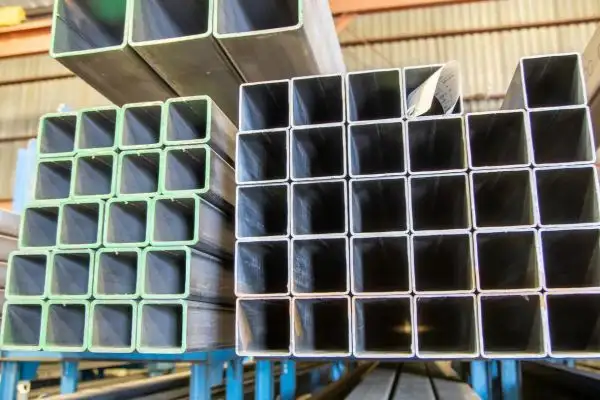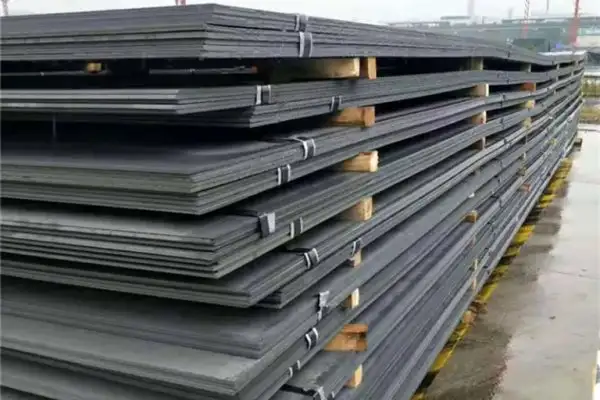Epoxy powder coated steel pipes are widely recognized as a reliable anti-corrosion solution, combining excellent chemical resistance with an aesthetically pleasing finish. These pipes are extensively used in construction, the chemical industry, gas transmission and distribution, HVAC systems, and other industrial sectors. This article explores the key model specifications and diverse application areas of epoxy powder coated steel pipes, along with practical guidance for selection and an outlook on future development trends.
Super Steel Manufacturing Co.,Ltd is professional Epoxy powder coated steel pipe manufacturer, for more details, please contact:sales@super-steels.com
Model Specifications of Epoxy Powder Coated Steel Pipes
The specifications of epoxy powder coated steel pipes are typically determined based on their intended application, operating environment, pipe diameter, and wall thickness. Standard specification formats often include parameters such as nominal diameter, wall thickness, and length. For example, a pipe labeled“4 inch×3.75 mm×6 m”indicates a 4-inch diameter, 3.75 mm wall thickness, and 6 meters in length.
Due to variations in industry standards and application requirements, specifications may differ accordingly. Therefore, it is essential to select the appropriate pipe model tailored to the specific needs of a project to ensure compatibility and performance.
Applications of Epoxy Powder Coated Steel Pipes
Construction Sector
These pipes are commonly used in building structural supports, drainage systems, and decorative piping. Their corrosion resistance ensures long-term durability in humid environments, while their clean appearance enhances architectural aesthetics.
Chemical Industry
In chemical processing environments, epoxy powder coated steel pipes are ideal for transporting corrosive fluids such as acids and alkalis. The anti-corrosive coating safeguards the pipeline from chemical degradation, contributing to operational safety and environmental protection.
Gas Transmission and Distribution
In gas networks, these pipes help reduce maintenance frequency and extend service life due to their robust coating. Their corrosion resistance makes them well-suited for both urban gas supply systems and industrial gas pipelines.
HVAC Systems
Epoxy powder coated steel pipes are also used in heating, ventilation, and air conditioning systems for carrying hot or chilled water and refrigerants. Their resistance to corrosion and reliable thermal performance enhance system stability and efficiency.
Key Considerations When Purchasing
Specification Matching
Select pipes that meet the specific technical requirements of the project, including correct dimensions, pressure ratings, and environmental suitability.
Quality Assessment
Inspect products for appearance, coating uniformity, adhesion strength, and overall corrosion resistance. Ensuring compliance with industry standards is crucial for safety and durability.
Reliable Suppliers
Choose well-established manufacturers and authorized distributors to guarantee consistent quality and dependable after-sales service.
Future Development Trends
As environmental awareness and industrial demands continue to grow, epoxy powder coated steel pipes are expected to play a larger role in sustainable infrastructure. They are well-positioned to support green building initiatives, replace less environmentally friendly materials, and meet evolving corrosion protection requirements. Innovations in coating technology and materials will likely enhance their performance and broaden their application scope even further.
Conclusion
Epoxy powder coated steel pipes represent a versatile and high-performance solution for corrosion control across various industries. By understanding their specification standards and practical applications, users can make informed decisions when selecting materials for pipeline systems. As demand for efficient, long-lasting, and eco-friendly materials increases, these pipes are set to become a cornerstone of modern pipeline engineering.



 English
English Español
Español Français
Français بالعربية
بالعربية





















